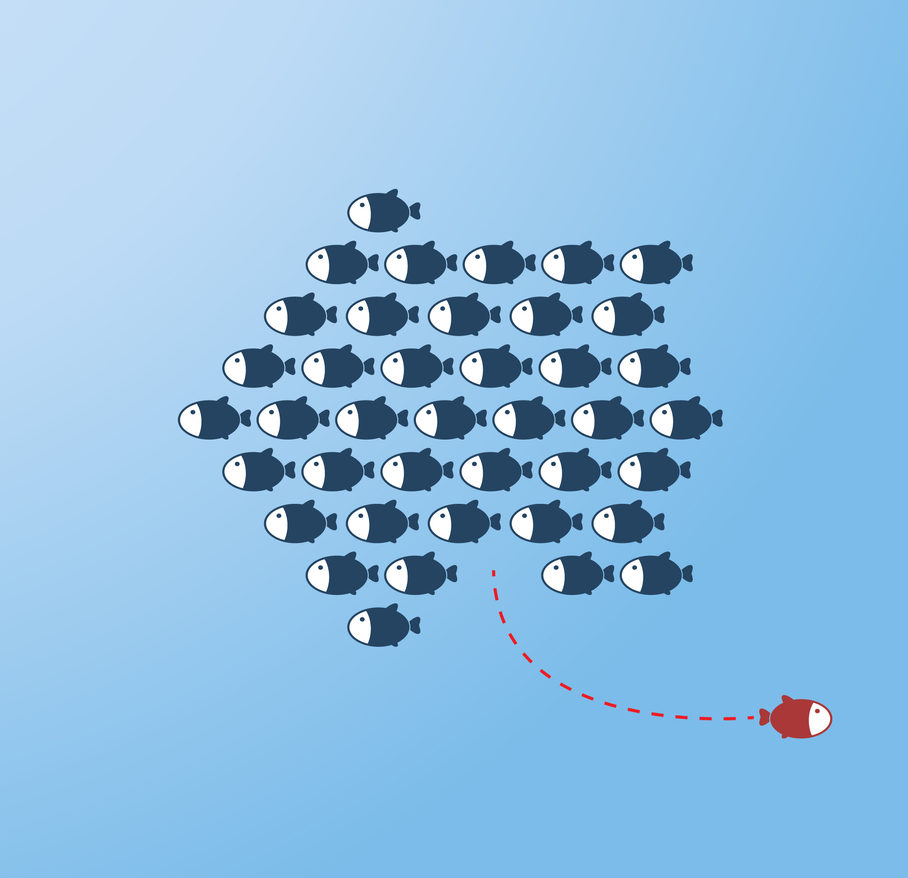
Markets, competition and customer preferences are shifting faster than ever. The disruptive economics of information is challenging new and established businesses alike. No wonder leaders demand more agility and HR wishes for a learning organisation. But both are missing the point. Agility implies being reactive, and accumulated knowledge is inherently backward looking. These organisational capabilities are still necessary, but no longer sufficient for top-quartile value growth.
In competitive markets, “product” innovation has become an expensive and increasingly risky differentiator. However, the collapse in the cost of storing, processing and transmitting information has opened vast new areas for business model innovation at all levels and beyond “the product”. But, only companies that are hyper-aware, and can connect the dots before others, like the thousands of innovative start-ups and global powerhouses like Apple and Amazon will take the lion’s share of value.
Explosive value creation comes from distributed, collective pattern recognition – the organisation’s ability to anticipate customer needs and pre-empt competitors with a business model and offer that more efficiently fills new demand. That is, the collective ability of knowledgeable experts to collaborate and connect the dots on shifting customer preferences to deliver a superior offer before the competition. It’s an uncomfortably elusive new value driver, that you won’t find anywhere in the P/L, budget or balance sheet.
No surprise: increasing attention is therefore paid to “culture” and “change management”. However, these labels over-simplify elements of the solution to a very complex new business problem. How do you shift the behaviours and competence of hundreds or thousands of knowledgeable employees so that they are collectively more adept at taking in information from diverse sources, collectively recognising innovations at all levels and activating others to implement quickly?
Fundamentally, adaptation and renewal are driven by the collective ability to exchange information and motivate people to action. And this is driven by the quality of interactions – that is behaviour. Collectively, we refer to “culture”. However, that label isn’t actionable for leaders until we quantify specific behaviours and logically connect them with the ability to adapt.
Although many would like to believe there is one silver bullet, the truth is that a huge number of diverse factors with vastly different impact drive an organisation’s ability to collectively innovate. Leaders need to recognise that the key people driving collective adaptation, regardless of industry, work voluntarily. They have more lucrative alternatives with your competition. Their motivation is based on purpose. And their compliance is based on trust.
Consistency across the many levers that impact the quality of employee behaviour and interaction include the leader’s behaviour, signalling, communication, org structure, management processes, development opportunities and compensation. They are all part of the complex mix needed to cultivate high quality behaviours that enable collective innovation.
Humatica’s codification of the required behaviours and management processes which drive adaptation and renewal is a starting point for understanding organisational bottlenecks and where improvements are needed. The great thing about a sensitive system like the knowledge organisation is that small tweaks, like making a leader aware of the impact their behaviour, hold great improvement potential with minimal investment and risk.
This article originally appeared as the Humatica Corner in Real Deals magazine and can be downloaded in PDF here.

The private equity (PE) playbook is evolving. Rapid buy-and-sell cycles are giving way to continuation vehicles and longer hold periods, demanding a new approach to…
Read more
The private equity landscape continues to evolve, influenced by macroeconomic shifts and emerging trends. The ecosystem is becoming increasingly polarized, with firms gravitating towards either…
Read more
Why is it that most mergers, reorganizations, and downsizings fail to generate their anticipated full value? The main reason is that a lack of effective…
Read moreErhalten Sie jeden Monat Neuigkeiten und wertvolle Perspektiven zu Themen der organisatorischen Effektivität